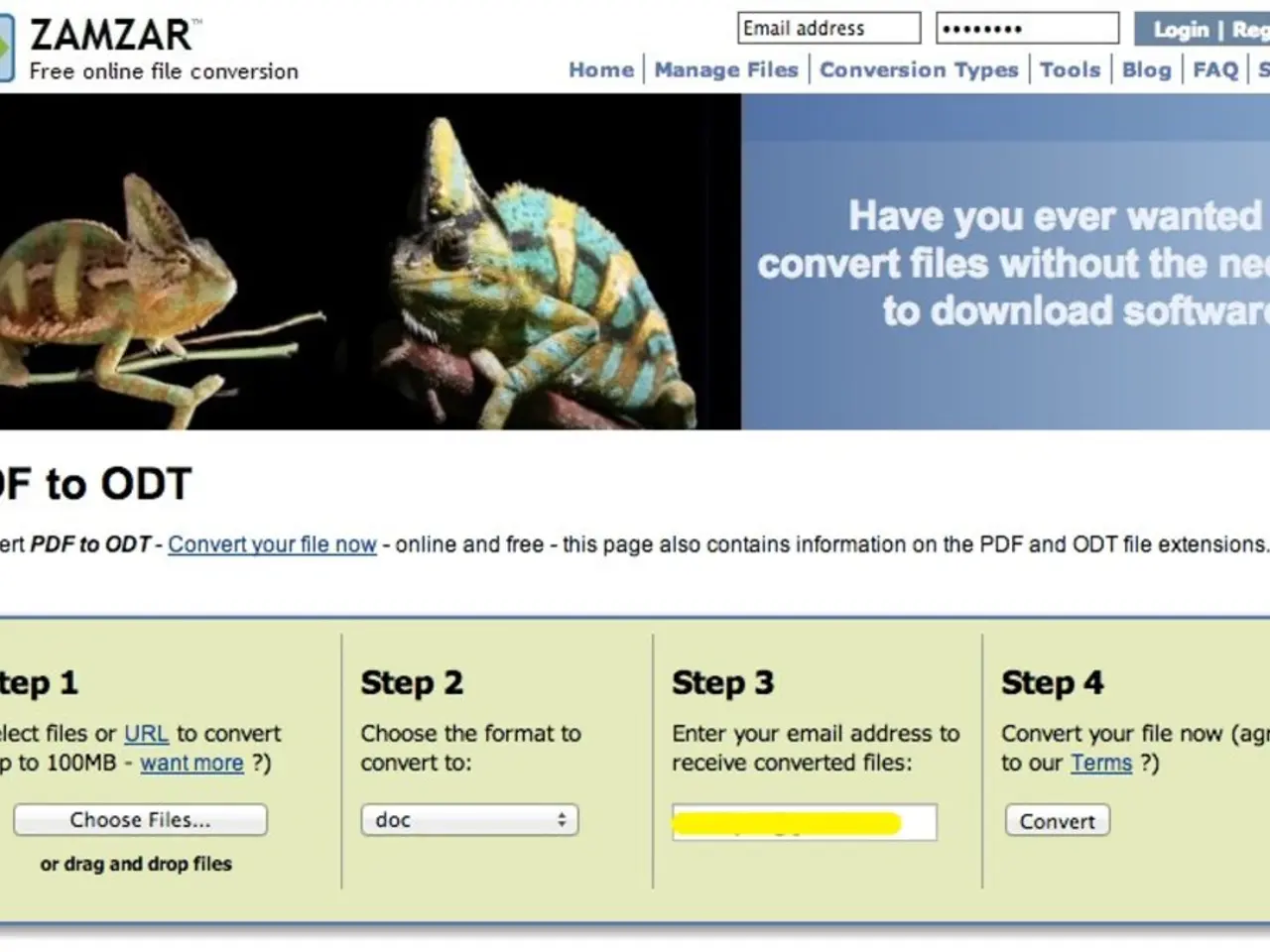Speed or Disaster: The Financial Impact of Slow Web Pages
In today's digital age, website speed is not just a nice-to-have, it's a necessity. A slow-loading website can lead to a reduction in conversions by 7%, and if a page takes more than 3 seconds to load, over half of visitors may leave [1]. To ensure optimal website performance and a great user experience, here are some effective strategies to improve website load times:
Optimize and compress images Resizing images to exact display dimensions, using modern formats like WebP, and keeping file sizes under 150 kB can reduce download time substantially [1][2].
Minify HTTP requests, CSS, and JavaScript Consolidating files, removing unnecessary code, and using minification tools like cssnano and UglifyJS can reduce latency from resource loading [1][3].
Implement browser caching By setting custom cache duration for assets, returning visitors can load assets locally rather than redownloading them, improving repeat visit speeds [1][3][4].
Use Content Delivery Networks (CDNs) CDNs serve content from geographically closer servers, reducing latency and speeding up load times globally [3][5].
Enable server-level compression Compressing HTML, CSS, and JavaScript files before sending to browsers with GZIP or Brotli can reduce data transfer size [5].
Reduce redirects and unnecessary HTTP requests These add extra steps in the browser fetching process, increasing loading time [5].
Optimize hosting quality Choose fast servers with SSD storage, adequate bandwidth, and managed hosting optimized for performance [3][4].
Limit and monitor third-party scripts Third-party scripts can slow down page rendering and impact user experience [4].
Implement Core Web Vitals optimizations Focused on loading speed, interactivity, and visual stability, these optimizations are essential for better SEO and user experience [4].
Design mobile-optimized websites Ensure fast and smooth loading on all device types for improved accessibility and engagement [4].
Following these best practices in combination forms a comprehensive approach to significantly speed up website load times, resulting in better user experience, increased conversion rates, and higher search engine rankings [1][2][3][4][5].
Google recommends that pages should load in under 3 seconds for a good user experience [6]. So, whether you're a business owner, a developer, or a website manager, it's time to take action and speed up your website for a better digital presence. If you need assistance with optimizing website speed or have questions about the process, don't hesitate to ask for help.
Technology plays a vital role in optimizing website performance, as strategies such as image optimization, minification, browser caching, and CDN usage help reduce load times significantly. By adhering to these best practices, businesses can enhance user experience, boost conversion rates, and achieve higher search engine rankings, all essential elements in today's digital landscape.




